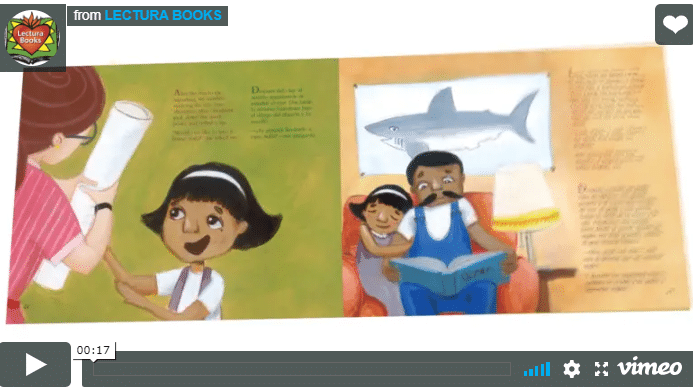Adult English Language Learners (ELLs), experience the same stresses, difficulties, and anxieties that young ELLs do, but at times can have tougher experiences as they have more concrete knowledge in their native or first language. Additionally, adult ELLs have greater responsibilities and issues dealing with work, family, and life occupying their minds. Oftentimes it is thought that adult ELLs need instruction of English or their second language in their native language, but that believe is only partially correct, as that approach doesn’t work with or for everyone. Let explore 5 tips for teaching biliteracy to adults.
1) Phonics
When teaching biliteracy to adults, it is important that they possess an understanding of the predictable relationship between phonemes (sounds of language when spoken) and graphemes (letters and spellings that are a representation of said sounds in written language). Biliterate adults can use these relationships to recognize words that are familiar to them and to decode words that aren’t familiar to them. A helpful way to teach phonics is stressing that ELLs learn how letters correspond to sounds and how they can use that knowledge in reading and spell.
2) Phonemic Awareness
ELL adults must understand the importance of phonemes, which are the smallest units of sounds that make up spoken language. There are about 41 phonemes in the English language, and they are combined to form syllables and words. It is pertinent that ELL adults have the ability to identify and manipulate phonemes in spoken language. Additionally, ELL adults must understand that sounds or phonemes of spoken language work in tandem to form words.
3) Vocabulary Development
Adult ELLs need to partake in vocabulary development, which refers to stored knowledge and information regarding the meanings and pronunciations of words that are necessary for communication. Beginning reading and biliteracy depend on vocabulary development, so that when an ELL adult sees a word and they sound it out, they are also making the determination if the word makes sense based on their understanding of the word. If an ELL adult does not recognize or know the meaning of said word, there is no way that they can determine if the word makes sense in the sentence. The concept of vocabulary development also helps to determine reading comprehension. Further, an ELL adult cannot comprehend the content that they are reading, unless they fully understand the majority of the words in the text.
4) Reading comprehension Strategies
For any biliteracy effort, reading comprehension should be the culmination of all the reading skills gathered with the ultimate goal of learning how to read in two languages. These skills need to be comprehended in order to be utilized efficiently. Reading comprehension facilitates all aspects of literacy and language skills, as reading comprehension is related to vocabulary development and knowledge. Further, reading comprehension is viewed as an active process, which requires a thoughtful and an intentional interaction between the text and the reader. In order for ELL adults to be fully biliterate, they need to be able to fully comprehend and learn from text that is being taught.
5) Reading Fluency
The goal of teaching biliteracy to adults is reading fluency – that refers to their ability to read words quickly and accurately. When readers are fluent, they are able to recognize and comprehend words simultaneously. Reading fluency necessary in order to comprehend what is being read. If an ELL adult reads out loud, with accuracy, speed, and proper expression, they are more likely to understand and recall the text that they read, as opposed to reading the text with difficulties and inefficiencies. There are two approaches that have been used to teach biliteracy reading fluency. The first is guided repeated oral reading. This technique encourages ELLs to read text out loud with systematic and explicit guidance, and they receive feedback from their teacher. The second is independent silent reading. This technique encourages ELLs to read silently on their own, with little guidance or feedback from their teachers.

